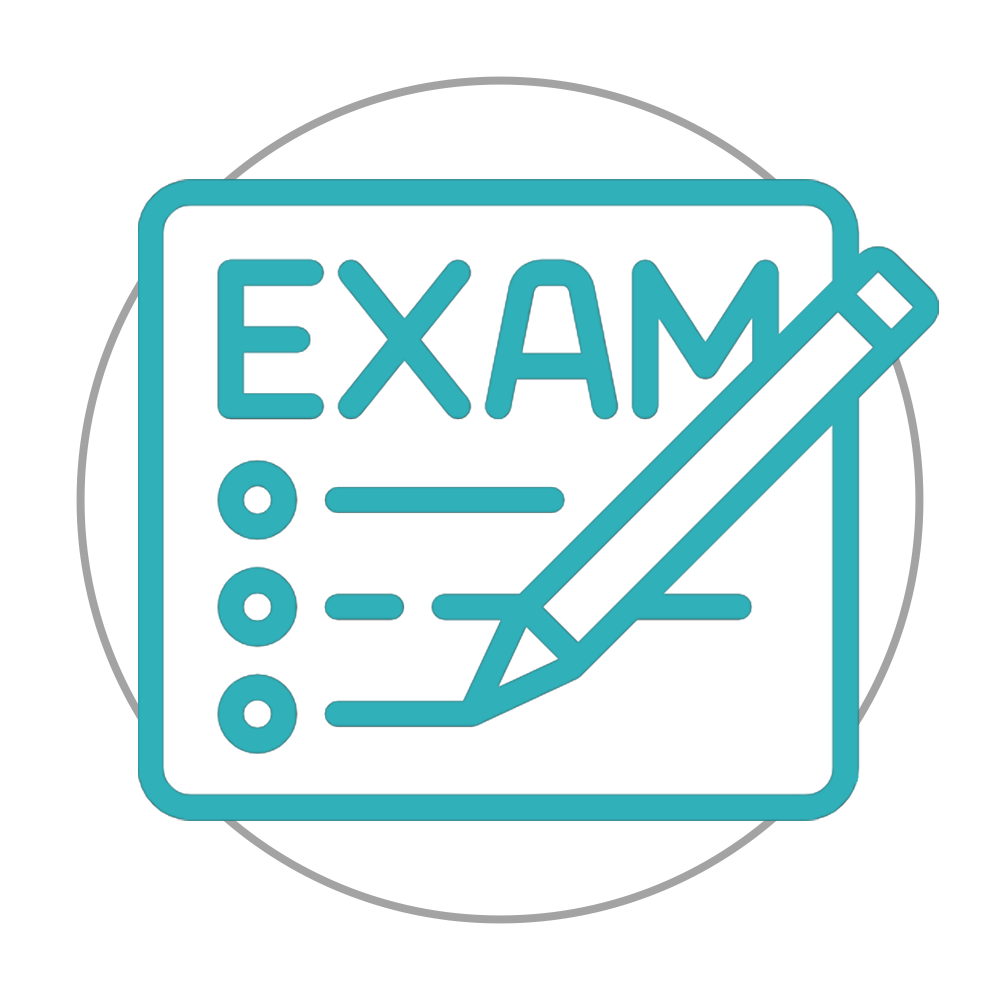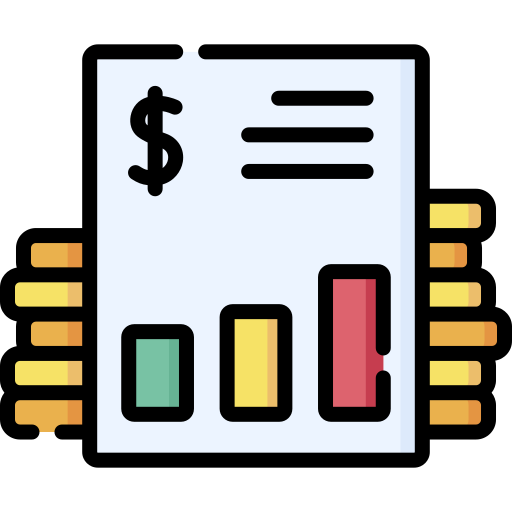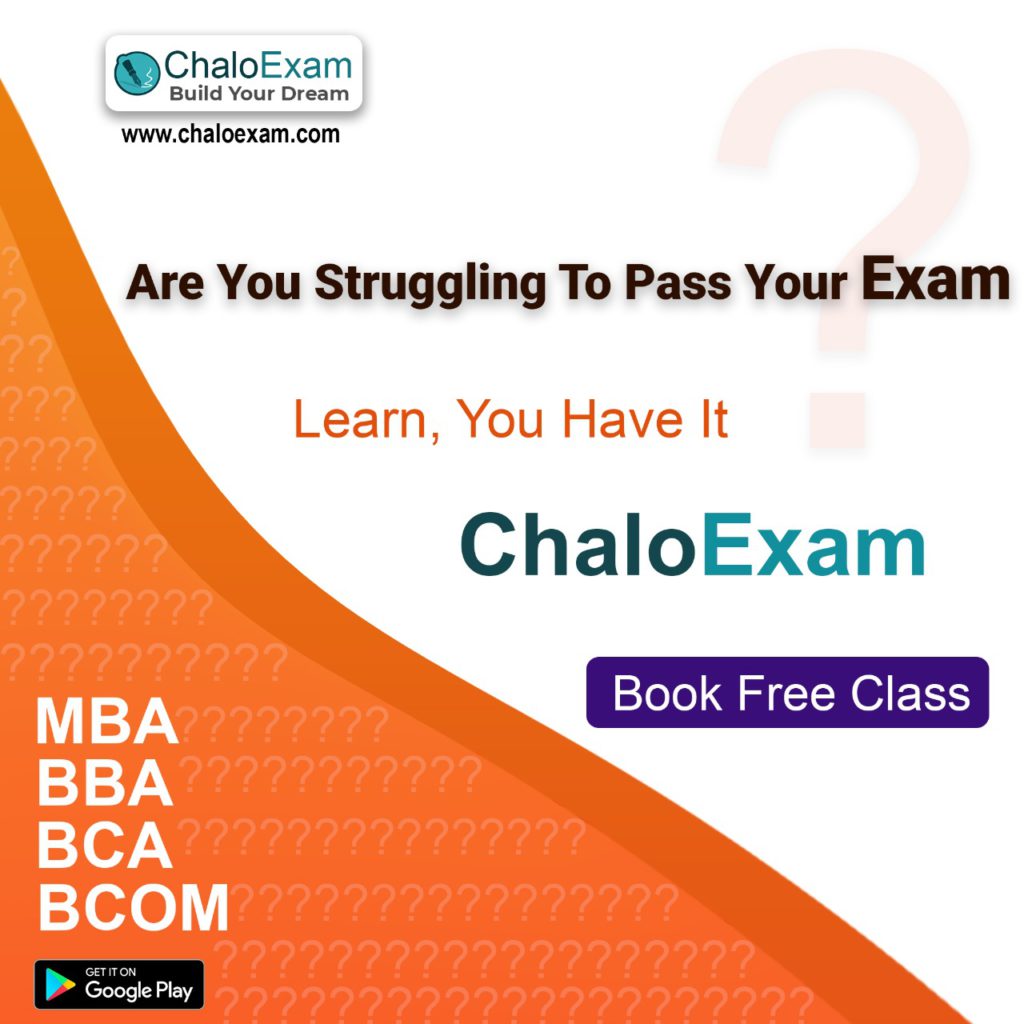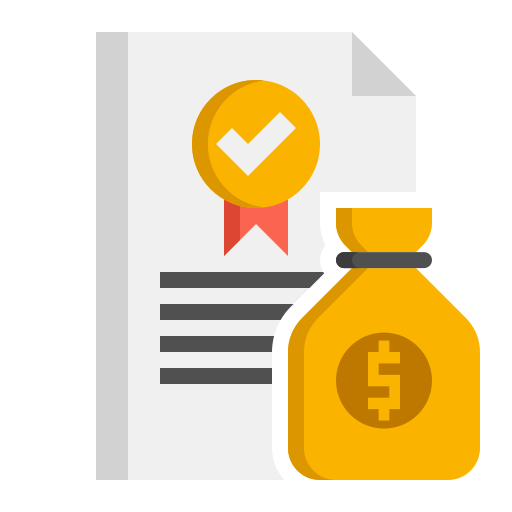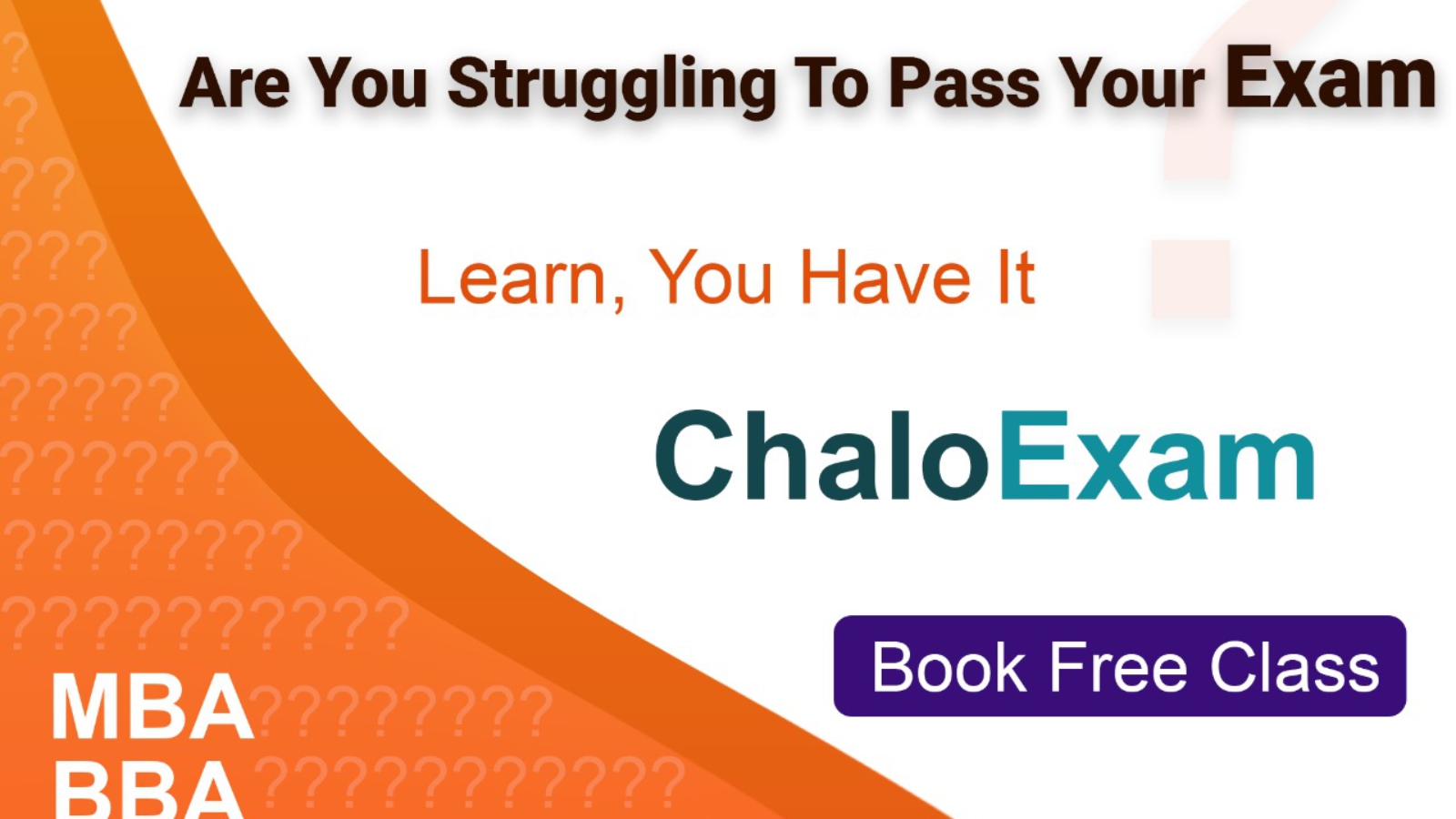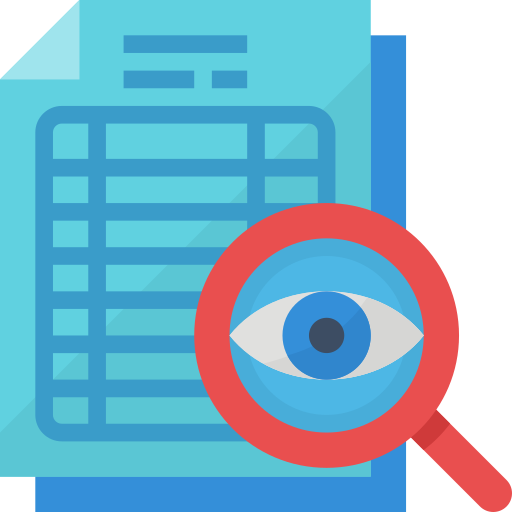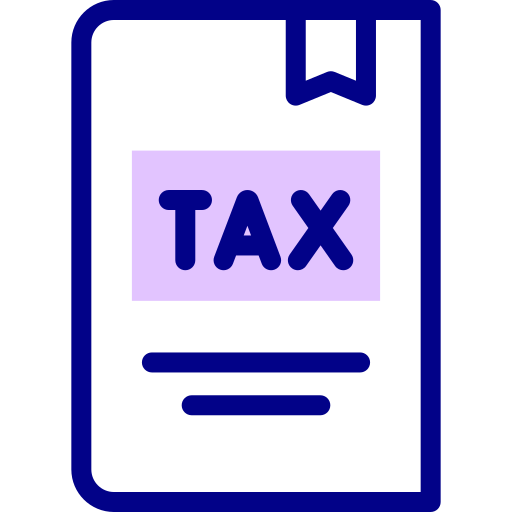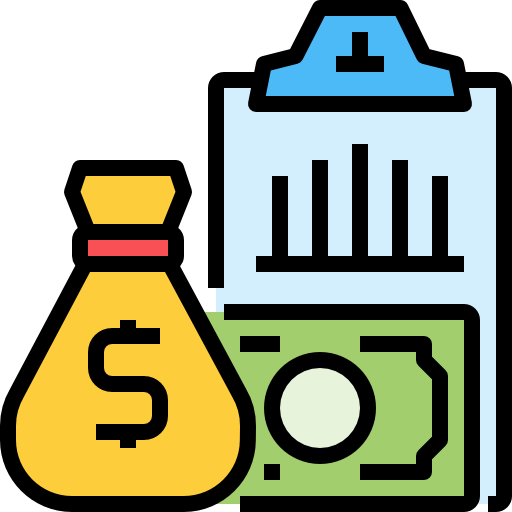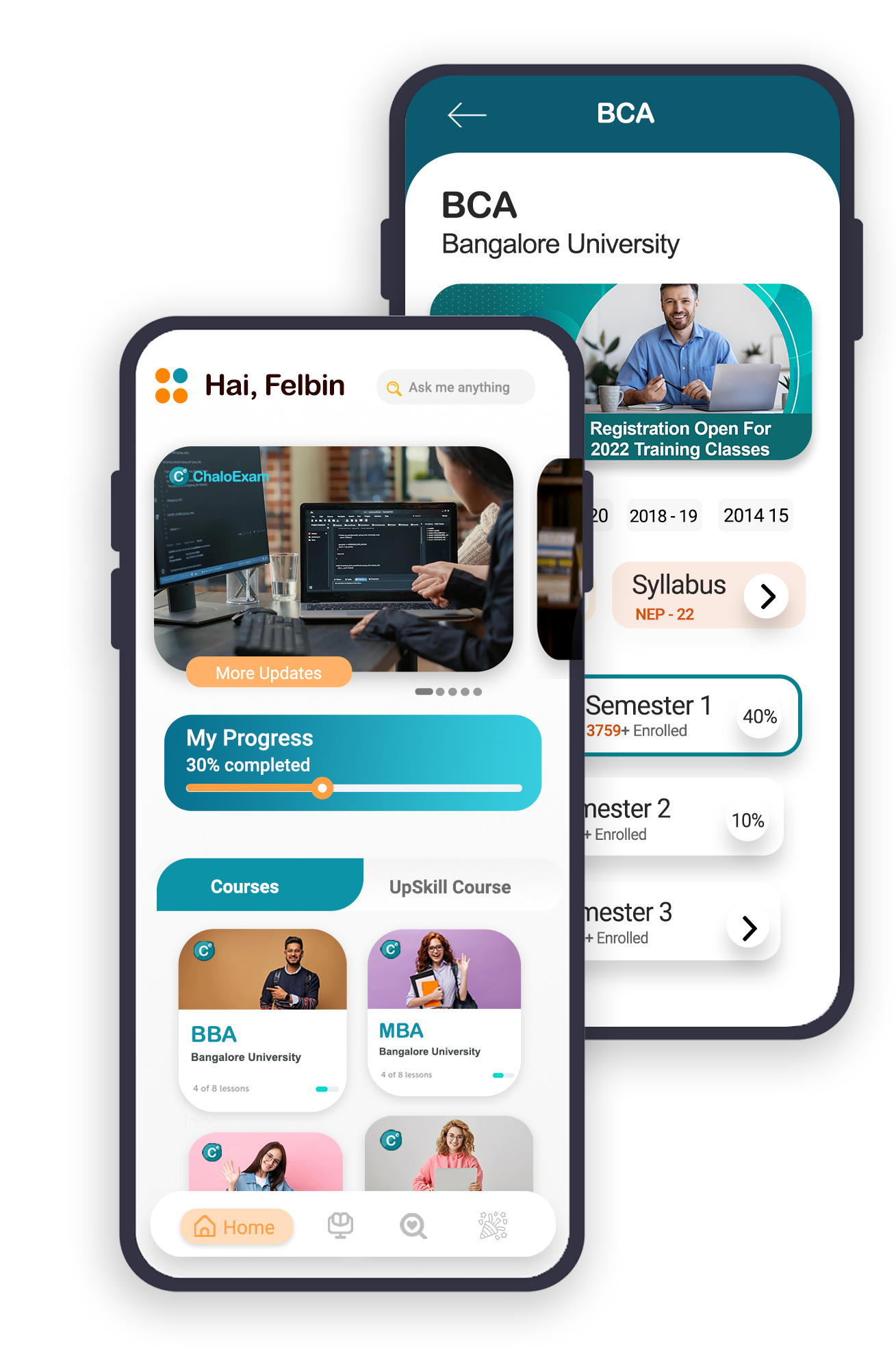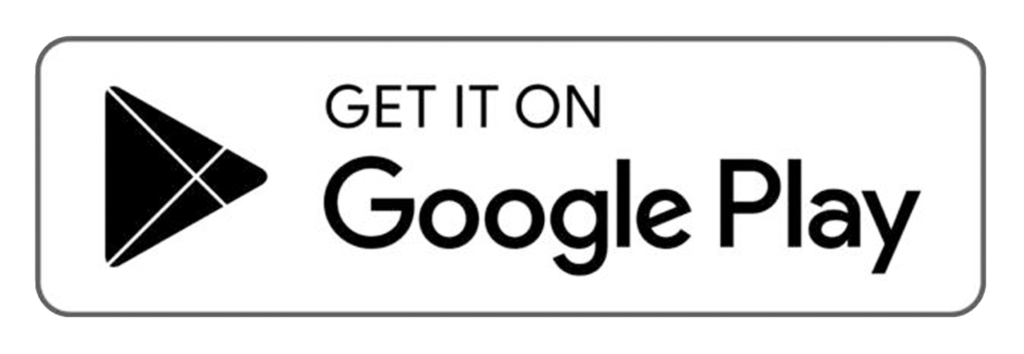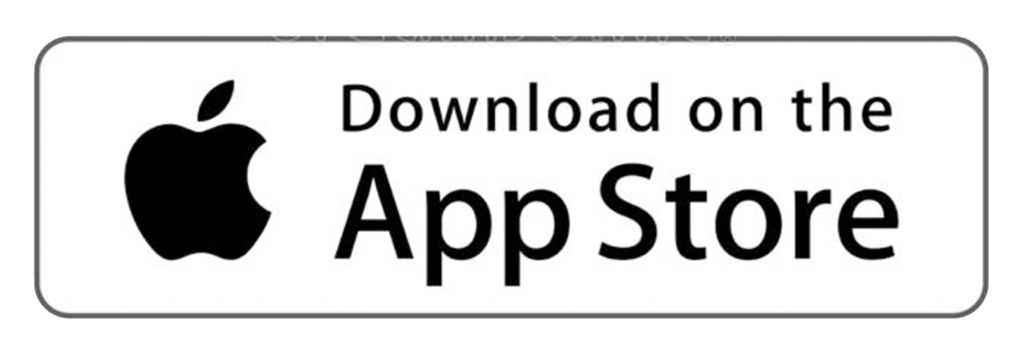bangalore university bca 1st sem previous year question papers
Bangalore University and Bangalore North University BBA 6th Semester Study Materials and Previous Year Question Paper
6.1 INTERNATIONAL BUSINESS
OBJECTIVE
The objective of this subject is to facilitate the students in understanding International Business in a multi
cultural world.
Unit 1: INTRODUCTION TO INTERNATIONAL BUSINESS 10Hrs
Meaning and Definition of International Business – Theories of International Trade – Economic Theories –
Forms of International Business – Nature of International Business
Unit 2: MODES OF ENTRY INTO INTERNATIONAL BUSINESS 12 Hrs
Mode of Entry – Exporting – Licensing – Franchising – Contract Manufacturing – Turn Key Projects –
Foreign Direct Investment – Mergers, Acquisitions and Joint Ventures – Comparison of different modes of
Entry.
Unit 3: GLOBALIZATION 16Hrs
Globalization: Meaning – Features – Stages –Production –Investment and Technology, Globalization –
Advantages and Disadvantages – Methods and Essential Conditions for Globalization. MNC’s and
International Business: Definitions – Distinction between Indian Companies – MNC – Global Companies
and TNC – Organizational Transformations – Merits and Demerits of MNC‟s in India
Unit 4: INTERNATIONAL MARKETING INTELLIGENCE 8 Hrs
Information required – Source of Information – International Marketing Information System and Marketing
Research.
Unit 5: EXIM TRADE 10 Hrs
Export Trade, Procedure, Steps & Documentation, Direction of India‟s Trade – Export Financing –
Documents related to Export Trade – Export Marketing – Import Trade, Procedure, Steps, Documentations
and Problems – EXIM Policy – Balance of Payment – Disequilibrium and Measures for Rectification –
Institutions connected with EXIM Trade.
SKILL DEVELOPMENT
List any three MNC‟s operating in India along with their products or services offered.
Prepare a chart showing currencies of different countries
Tabulate the foreign exchange rate or at least 2 countries for 1 month
Collect and Paste any 2 documents used in Import and Export trade.
BOOKS FOR REFERENCE
1. Dr. Aswathappa International Business, Tata McGraw Hill.
2. P. SubbaRao – International Business – HPH
3. Shyam Shukla; International Business, Excel Books.
4. Francis Cherunilam; International Business, Prentice Hall of India
5. MahuaDutta, International Business, I.K. Intl
6. J. Maskeri- International Business
7. Rosy Joshi; International Business, Kalyani Publishers.
8. Venkataramana. K, International Business, SHBP.
9. Subhasre S – International Business, HPH.
51
6.2 E-BUSINESS
OBJECTIVE:
The objective is to expose the students to electronic modes of commercial operations.
UNIT 1 :E-BUSINESS 16Hrs
Introduction, E-Commerce – definition, History of E-commerce, types of E-Commerce B to B etc.
Comparison of traditional commerce and e-commerce. E-Commerce business models – major B to B, B to
C model, Consumer-to-Consumer (C2C), Consumer-to-Business (C2B) model, Peer to-Peer (P2P) model –
emerging trends. Advantages/ Disadvantages of e-commerce, web auctions, virtual communities, portals,
e-business revenue models.
UNIT 2 : SECURITY FOR E-BUSINESS 12 Hrs
Security threats – An area view – implementing E-commerce security – encryption – Decryption,
Protecting client computers E-Commerce Communication channels and web servers Encryption, SSL
protocol, Firewalls, Cryptography methods, VPNs, protecting, networks, policies and procedures
UNIT 3 : E-PAYMENTS 12Hrs
E-payment systems – An overview. B to C payments, B to B payments. Types of E- payment system –
Credit card payment, debit cards, accumulating balance, online stored value payment systems, digital cash,
digital (electronic) wallets, agile wallet, smart cards and digital cheques. Secure Electronic Transaction
(SET) protocol
UNIT 4 : E-BUSINESS MARKETING TECHNOLOGIES 10 Hrs
E-Commerce and marketing B to B and B to C marketing and branding strategies. Web transaction logs,
cookies, shopping cart database, DBMS, SQL, data mining, CRM (customer relationship Management)
system – permission marketing, affiliate marketing, viral marketing.
UNIT 5 : CYBER LAWS 06Hrs
Legal Aspects of E-Business, Internet frauds – Cyber Laws. IT Act 2000 salient features.
SKILL DEVELOPMENT
Visit Few Business Websites and note down in Practical Record Book
BOOKS FOR REFERENCE
1. Marriappa M – E- Commerce,
2. R. G. Saha, E-Business, HPH
3. M. Suman – E – Commerce & Accounting
4. Kalakota Ravi and A. B. Whinston : “Frontiers of Electronic Commerce”, Addison
5. Watson R T :“Electronic Commerce – the strategic perspective.” The Dryden press
6. Agarwala K.N and Deeksha Ararwala: “Business on the Net – Whats and Hows of E-Commerce”
7. Agarwala and Ararwala : “Business on the Net – Bridge to the online store front,”
8. Murthy CSV: “E. Commerce” Himalaya Publishing House Pvt.Ltd.
52
9. Diwan, Prag and Sharma, “Electronic Commerce – A manager guide to E-business”, Vanity Books
International
10. P. Diwan, S. Sharma; “E-Commerce”, Excel Books.
11. JanalD.S :“Online Marketing Hand book.” Van Nostrand Reinhold Network
12. Kosiur David, “Understanding Electronic Commerce Microsoft”, press Washing-ton.
13. Minoli and Minol, “Web Commerce Technology Handbook”, TMH New Delhi.
14. Schneider Gary P, “Electronic Commerce- course Technology, Delhi.
15. Young Margaret Levine: “The complete reference to Internet”, TMH.
16. C.S.Rayudu: “Ecommerce and E Business”, HPH.
17. Kalakota Ravi: “E-business 2: Road map for success.” Pearson Education Ltd.
18. Kalkota Ravi. “Electronics Commerce”: A managers Guide.
19. Mariammal & Soundra Rajan, E-business, SHB.
53
6.3 INCOME TAX
OBJECTIVE
The objective of this subject is to expose the students to the various provision of Income Tax Act relating to
computation of Income individual assesses only.
Unit 1: INTRODUCTION TO INCOME TAX 14 Hrs
Income Tax: Brief History – Legal Frame Work – Types of Taxes – Cannons of Taxation – Important
Definitions: Assessment – Assessment Year – Previous Year – Exceptions to the general rule of Previous
Year – Assessee – Person – Income – Casual Income – Gross Total Income – Total Income – Agricultural
Income
Residential Status: Determination of Residential Status of an individual (simple problems) – Incidence of
Tax (Simple Problems on Computation of Gross Total Income).
Exempted Incomes: Introduction – Exempted Incomes U/S 10 (Restricted to Individual Assessee) – Only
theory
Unit 2: INCOME FROM SALARY 16 Hrs
Meaning & Definition – Basis of Charge – Allowances – Fully Taxable Allowances – Partly Taxable
Allowances: House Rent Allowance, Entertainment Allowance, Transport Allowance, Children Education
& Hostel Allowances – Fully Exempted Allowances – Perquisites – Tax Free Perquisites – Perquisites
Taxable in all Cases: Rent free accommodation – Concessional accommodation, Personal obligations of the
employee met by the employer – Perquisites Taxable in Specified Cases : Gardener, Sweeper, Gas,
Electricity, Water and Motor car facility (when the motor car is owned or hired by the employer )–
Provident Funds – Deductions from Salary U/S 16 – Problems on Income from Salary(excluding retirement
benefits).
Unit 3: INCOME FROM HOUSE PROPERTY 10 Hrs
Basis of Charge – Exempted Incomes from House Property – Annual Value – Determination of Annual
Value – Loss due to Vacancy – Deductions from Annual Value – Problems on Income from House
Property(Excluding Pre-Construction interest)
Unit 4: PROFITS AND GAINS FROM BUSINESS AND PROFESSION 10Hrs
Meaning and Definition of Business & Profession – Expenses & losses Expressly Allowed – Expenses and
losses Expressly Disallowed – Expenses Allowed on Payment Basis – Problems on computation of income
from Business of Sole Proprietor.
Unit 5: COMPUTATATION OF TOTAL INCOME 06 Hrs
Income from Capital Gains (excluding exemptions – Theory only) – Income from Other Sources (Theory
only) – Deductions U/S 80 C, D & G. Simple problems on Computation of Total income of an Individual
SKILL DEVELOPMENT
Form No. 49A (PAN) and 49B.
Filling of Income Tax Returns.
List of enclosures to be made along with IT returns (with reference to salary & H.P).
54
Preparation of Form 16.
Computation of Income Tax and the Slab Rates.
Computation of Gratuity.
Chart on perquisites.
List of enclosures to be made along with IT returns (with reference to salary and house property
incomes)
BOOKS FOR REFERENCE
1. Dr. Vinod K. Singhania: Direct Taxes – Law and Practice, Taxmann publication.
2. B.B. Lal: Direct Taxes, Konark Publisher (P) ltd.
3. Dr. Mehrotra and Dr. Goyal: Direct Taxes – Law and Practice, Sahitya Bhavan Publication.
4. Dinakar Pagare: Law and Practice of Income Tax, Sultan Chand and sons.
5. Gaur &Narang: Income Tax, Kalyani Publisher s
6. 7 Lecturer – Income Tax – VBH
7. Dr.V.Rajesh Kumar and Dr.R.K.Sreekantha: Income Tax – I, Vittam Publications
55
6.4 STRATEGIC MANAGEMENT OR PROJECT REPORT AND VIVA – VOCE
OBJECTIVE:
The Objective of this subject is to expose the students to the various strategic issues such as strategic
planning, implementation and evaluation etc. and preparation of project reports.
Unit 1: INTRODUCTION TO STRATEGIC MANAGEMENT 10 Hrs
Introduction – Meaning and Definition – Need – Process of Strategic Management – Strategic Decision
Making – Business Ethics – Strategic Management.
Unit 2: ENVIRONMENTAL APPRAISAL 12 Hrs
The concept of Environment – The Company and its Environment – Scanning the Environment,
Technological, Social, Cultural, Demographic, Political, Legal and Other Environments Forces. SWOT
Analysis – Competitive Advantage – Value Chain Analysis.
Unit 3: STRATEGIC PLANNING 12 Hrs
Strategic Planning Process – Strategic Plans during recession, recovery, boom and depression – Stability
Strategy – Expansion Strategy – Merger Strategy – Retrenchment Strategy – Restructure Strategy – Levels
of Strategy – Corporate Level Strategy – Business Level Strategy and Functional Level Strategy –
Competitive Analysis – Porter‟s Five Forces Model.
Unit 4: IMPLEMENTATION OF STRATEGY 14 Hrs
Aspects of Strategy Implementation – Project Manipulation – Procedural Implementation – Structural
Implementation – Structural Considerations –Organizational Design and Change – Organizational
Systems. Behavioral Implementation – Leadership Implementation – Corporate Culture – Corporate
Policies and Use of Power. Functional and Operational Implementation – Functional Strategies –
Functional Plans and Policies. Financial – Marketing – OPERATIONAL and Personnel dimensions of
Functional Plan and Policies – Integration of Functional Plans and Policies.
Unit 5: STRATEGY EVALUATION 08 Hrs
Strategy Evaluation and Control – Operational Control – Overview of Management Control – Focus on Key
Result Areas.
SKILL DEVELOPMENT
Present a chart showing Strategic Management Process.
Select any organization and undertake SWOT analysis.
Present strategy followed by an FMCG company in Indian Market.
Select any sector and make competitive analysis using Porter‟s five forces model.
List social responsibility action initiated by any one company.
Select any organization and identify the Key Result Areas
BOOKS FOR REFERENCE
1. Dr. Aswathappa, Business Environment for Strategic Management, Tata McGraw Hill.
2. Subbarao: Business Policy and Strategic Management, HPH.
56
3. Charles W.L Hill and Gareth R. Jones, Strategic Management an Integrated Approach, Cengage
Learning
4. Azhar Kazmi, Business Policy and Strategic Management, Tata McGraw Hill
5. C. AppaRao; Strategic Management and Business Policy, Excel Books.
6. Ghosh P.K., Business Policy and Strategic Planning and Management, Tata McGraw Hill.
7. Pillai, Strategic Management,
8. Lawerence, Business Policy and Strategic Management, Tata McGraw Hill.
9. Sathyashekar : Business Policy and Strategic Management, I.K International Publishing House Pvt.
Ltd.
F.N6.5 INTERNATIONAL FINANCE
OBJECTIVES:
To familiarize the students with International Financial environment, instruments and institutions.
UNIT – 1: INTRODUCTION TO INTERNATIONAL FINANCE 12 Hrs
Issues involved in International Business and Finance, methods of payment, International
Monetary system – Fundamental terms and concepts – Home currency – foreign currency – direct
quote – indirect quote – bid and ask, spot and forward rate – appreciation and depreciation – cross
currency rates.
UNIT – 2: FOREIGN EXCHANGE AND BALANCE OF PAYMENTS 12 Hrs
Forex Market & Its Intermediaries, ADR, Foreign Exchange Rate, Theories of Foreign Exchange Rate
Determination.
Components of Balance of Payments – Disequilibrium in the balance of payments- methods of correction of
disequilibrium.
UNIT – 3: INSTRUMENTS IN INTERNATIONAL FINANCIAL MARKETS. 08 Hrs
Meaning-Definition-International Financial Markets-Globalization of Capital markets, Innovation in
foreign securities and International Portfolio Management.
UNIT – 4: FOREIGN EXCHANGE RISK 10 Hrs
Exchange risks – Hedging, Forward, Future, Swaps Options, -Valuation of future and swaps- valuation of
options and efficiency of the exchange market.
UNIT – 5:INTERNATIONAL FINANCIAL INSTITUTIONS AND LIQUIDITY 14 Hrs
The IMF, International liquidity and SDR’s (special drawing rights) – International bank for reconstruction
and development (World Bank), International development association, International investment guarantee
agency.
SKILL DEVELOPMENT:
● Visit any authorized dealers’ establishments and understand their activities.
● Analyze the trend of FDI into India in the last five years.
BOOKS FOR REFERENCE:
1. Avadhani B.K, International Finance Theory and Practice, HPH
2. Aswathanarayana T & K. Rajeswari – International Finance – VBH
3. K. Venkataramana, International Finance, SHBP.
4. Harris Manville, International Finance.
5. Madhu Vij, International Finance, Excel Books
6. Keith Pibean, International Finance, McMillan
7. Timothy Carl Kesta, Case and Problems in International Finance.
8. R.M Srivastava , Multinational Financial Management, Pragathi Publications
9. P.A. Apte, International Financial Management, TMH
10. Somanath : International Financial Management I.K. Intl
11. Levi, International Marketing Management.
12. Bandar D.C, International Finance.
13. Murthy E.N, International Finance & Risk Management.
14. M.L. Verma, Foreign Trade & Management in India.
15. Rao and Chary, International Finance.
61
F. N 6.6 STOCK AND COMMODITY MARKETS
OBJECTIVE:
The objective is to provide students with a conceptual framework of Stock Markets and Commodity
Markets, functionaries in these markets and their mode of trading.
Unit 1: AN OVERVIEW OF CAPITAL AND COMMODITY MARKETS: 10Hrs
Primary Market, Secondary Market (Stock Market), Depositories, Private placements of shares / Buy back
of shares, Issue mechanism. Meaning of commodity and Commodity markets, Difference between Stock
Market and Commodity Market.
Unit 2: STOCK MARKET: 12 Hrs
History, Membership, Organization, Governing body, Functions of stock Exchange, on line trading, role of
SEBI, Recognized Stock Exchanges in India (brief discussion of NSE BSE and Nifty). Derivatives on
stocks: meaning, types (in brief).
Unit 3: TRADING IN STOCK MARKET: 12Hrs
Patterns of Trading & Settlement – Speculations – Types of Speculations – Activities of Brokers – Broker
Charges – Settlement Procedure, National Securities Depository Ltd.( NSDL) Central Securities
Depository Ltd.( CSDL) (in brief).
Unit 4: COMMODITY MARKET: 12Hrs
Evolution, Commodity derivatives, Commodity exchanges-Regional & National and International,
Functions, role, objectives and types- Types of transactions in Commodity market – Spot, Future and
Forward options markets.
Unit 5: TRADING IN COMMODITY MARKETS: 10 Hrs
Patterns of Trading & Settlement, Price discover, Efficiency of Commodity Markets – Size of Commodity
Markets in India – Benefits of Commodity Markets.
SKILL DEVELOPMENT
Prepare the list of recognized stock exchanges in India
Prepare the process chart of online trading of share and debentures.
Prepare the chart showing Governing Body of the Commodities Market.
Prepare the list of commodities traded on commodity market.
Enlist the role of NSDL and CSDL.
BOOKS FOR REFERENCE:
1. Gurusamy, Financial Markets and Institutions, 3rd edition, Tata McGraw Hill.
2. Srivastava RM : Management of Financial Institutions, HPH
3. Saunders, Financial Markets and Institutions, 3rd edition, Tata McGraw Hill.
4. Bharat Kulkarni; Commodity Markets and Derivatives, Excel Books.
5. Khan, Indian Financial Systems, 6th edition, Tata McGraw Hill
62
6. Bhole, L.M. (2000), Indian Financial Institutions, Markets and Management, McGraw Hill, New York
7. PallaviModi: Equity – The Next Investment destination, HPH.
8. Avadhani (2010) Financial Markets and Services, Himalaya Publishers.
9. K. Venkataramanappa, SHB Publications
H.R 6.5 ORGNISATIONAL CHANGE AND DEVELOPMENT
OBJECTIVE:
The objective is to enable the students to understand need for Organizational Change and Development and
the OD interventions
Unit 1: CHANGE MANAGEMENT 10Hrs
The importance and nature of change. Change and human response. Introducing change effectively: Basic
steps, factors influencing change- resistance to change, overcoming resistance to change
Unit 2: ORGANIZATION EFFECTIVENESS 10Hrs
Organization effectiveness: Concept, problems in measurement of effectiveness. System – level criteria of
judging effectiveness.
Unit 3: ORGANIZATIONAL DEVELOPMENT 16 Hrs
The nature of Organizational Development (OD): Assumptions and values. Relevant systems concepts.
Action research, OD Interventions: Team interventions, Inter-group interventions, personal, interpersonal
and group processes interventions: A descriptive inventory of OD interventions.
Unit 4: OD INTERVENTIONS 10Hrs
Comprehensive interventions, Structural interventions, Job enrichment and MBO, Conditions for optimal
success of OD.
Unit 5: CREATIVITY & INNOVATION 10Hrs
Creativity & Innovation: Meaning, Need, Components of Creativity & Innovation, Organizational
Constraints, Organizational environment for Creativity & Innovation,
SKILL DEVELOPMENT
List out the recent OD interventions in Organizations.
Discuss case studies on Impact of change on Organizational effectiveness.
BOOKS FOR REFERENCE
1. Dunnette, M.D. (Ed.) (1976). Handbook of Industrial and Organizational Psychology. Chicago: Rand
McNully.
2. French, W.L.; & Bell, C.H. Jr. (1980). Organizational Development. London, Prentice Hall.
3. Herbert, T.T. (1981). Dimensions of Organizational Behavior. London: MacMillan.
4. Khandwalla, P.N. (1988). Organizational effectiveness. In J. Pandey (Ed.)
Psychology in India: The State-of-the Art (Vol.3, pp. 97-215). New Delhi: Sage.
5. Luthans, F. (1989). Organizational Behaviour. London: McGraw Hill.
6. Margulies, N.; &Raia, A.P. (1975). Organizational Development: Values, process
and technology. New Delhi: Tata McGraw Hill,
7. McGill, M.E. (1977). Organizational Development for Operating Managers.
AMACO (a division of American Management Association).
75
8. Pareek, U. &Rao, T.V. (1986). Designing and Managing Human Resources Systems.
New Delhi: Oxford.
9. Rudrabasavaraj, M.N. (1977). Executive Development in India. New Delhi: Himalaya
Publishing House.
10. Sharma, R.A. (1982). Organizational Theory and Behaviour. New Delhi: Tata
McGraw Hill,
76
H.R. 6.6 COMPENSATION MANAGEMENT
OBJECTIVE:
The objective is to enable the students to understand the various aspects of Compensation Management
UNIT-1: JOB EVALUATION AND PERFORMANCE APPRAISAL 10 Hrs
Job Evaluation – Definition – Traditional and New Techniques – Performance Appraisal -Basic concepts –
performance standard – Appraisal methods.
UNIT-2: COMPENSATION MANAGEMENT 10 Hrs
Compensation – Definition – Classification – Types – Incentives – Fringe Benefits.
UNIT-3: WAGE AND SALARY ADMINISTRATION 16 Hrs
Theories of wages – wage structure – wage fixation – wage payment – salary administration. Difference
between salary and wages – Basis for compensation fixation- Components of wages – Basic Wages –
Overtime Wages – Dearness Allowance – Basis for calculation – Time Rate Wages and Efficiency Based
Wages – Incentive Schemes – Individual Bonus Schemes, Group Bonus Schemes – Effect of various labour
laws on wages-Preparation of Pay Roll
UNIT- 4:REWARDS AND INCENTIVES 10 Hrs
Rewards for Sales personnel – Pay – commission- Performance based pay system – incentives – executives
compensation plan and packages.
UNIT- 5: REGULATORY BODIES FOR COMPENSATION MANAGEMENT 10 Hrs
Wage Boards – Pay Commissions – Compensation Management in Multi-National organizations.
SKILL DEVELOPMENT
List out the fringe benefits offered to employees of any two companies
Discuss the role of regulatory bodies in compensation management
List out various Incentive Schemes of wage payments
BOOKS FOR REFERENCE
1. Compensation & Reward Management, BD Singh, Excel Books
2. Compensation, Milkovich & Newman, TMH
3. Strategic Compensation, Joseph J. Martocchio, 3rd Edition, Pearson Education
4 Compensation Management in Knowledge based world, Richard I. Anderson, 10th edition, Pearson
Education
6 Compensation Management, Er Soni Shyam Singh, Excel Books.
7. Richard Thrope& Gill Homen : Strategic Reward Systems – Prentice-Hall.
8. Thomas. P. Plannery, David. A. Hofrichter & Paul. E. Platten: People, Performance & Pay – Free Press.
9. Michael Armstrong & Helen Murlis: Hand Book of Reward Management – Crust Publishing House.
10. Joseph. J. Martocchio: Strategic Compensation – A Human Resource Management Approach –
Prentice-Hall.
11. Edwarde. E. Lawler III: Rewarding Excellence (Pay Strategies for the New Economy) – Jossey -Bass.
M.K 6.5 BRAND MANAGEMENT
OBJECTIVE
The objective is to enable the students to acquire skills in Product & Brand Management
Unit 1: PRODUCT MANAGEMENT 05 Hrs
Meaning of Product – Product Personality, Types of Products – Product Line, Product Mix.
Unit 2: PRODUCT DEVELOPMENT 12 hrs
Factors influencing design of the product – Changes affecting Product Management – Developing Product
Strategy; Setting objectives & alternatives, Product strategy over the lifecycle. New product development –
Product Differentiation and Positioning strategies. Failure of New Product.
Unit 3: MARKET POTENTIAL & SALES FORECASTING 10 hrs
Forecasting target market potential and sales – Methods of estimating market and sales potential, Sales
forecasting, planning for involvement in international market.
Unit 4: BRAND MANAGEMENT 12 hrs
Meaning of Brand – Brand Development: Extension, Rejuvenation, Re launch- Product Vs Brands, Goods
and services, Retailer and distributors, People and organization, Brand challenges and opportunities, The
brand equity concept, Identity and image.
Unit 5: BRAND LEVERAGING AND BRAND PERFORMANCE 12 hrs
Establishing a brand equity management system, measuring sources of brand equity and consumer mindset,
Co-branding, celebrity endorsement. Brand Positioning & Brand Building – Brand knowledge, Brand
portfolios and market segmentation – Steps of brand building, Identifying and establishing brand
positioning, Defining and establishing brand values.
Unit 6: DESIGNING & SUSTAINING BRANDING STRATEGIES 05 hrs
Brand hierarchy, Branding strategy, Brand extension and brand transfer – Managing brand over time.
SKILL DEVELOPMENT :
List out a few celebrity brand endorsements and the appropriateness of using them.
Draw a chart showing the brand environment
List out a few recent news and trends about brands
List out some of the methods of brand valuation
List out a few brands and the adjectives attached to their ads.
BOOKS FOR REFERENCE
1. Gupta SL: Brand Management, HPH.
2. Branding Concepts- Pati, Debashish, Macmillan India
3. Brand Building : M.Bhattacharjee, HPH.
4. Harsh V. Verma; Brand Management, Excel Books.
68
5. Subrato Sengupta, Brand Positioning Strategies for Competitive Advantage, McGraw Hill.
6. The New Strategic Brand Management- Kapfere, Jean-Noel, Kogan page 5th edition
7. Das & Naveen, Brand Management Perspectives and Practices, ICFAI University Press.
8. Chaturvedi, B.M, Total Brand Management: An Introduction-, ICFAI University Press.
9. Ray, Brand Management Financial Perspectives, ICFAI University Press.
69
M.K 6.6 RETAIL MANAGEMENT
OBJECTIVE
The objective is to enable students to acquire skills in Retail Management.
Unit 1: INTRODUCTION TO RETAILING 10 Hrs.
Definition – functions of retailing – types of retailing – forms of retailing based on ownership. Retail
theories – Wheel of Retailing – Retail life cycle. Retailing in India – Influencing factors – present Indian
retail scenario. Retailing from the International perspective
Unit 2: RETAIL CONSUMER BEHAVIOUR 12 Hrs.
Buying decision process and its implication to retailing – influence of group and individual factors.
Customer shopping behaviour – Customer Service satisfaction. Retail planning process – Factors to
consider – Preparing a complete business plan – implementation – risk analysis.
Unit 3: RETAIL OPERATIONS 12 Hrs.
Choice of Store location – Influencing Factors, Market area analysis – Trade area analysis – Rating Plan
method – Site evaluation. Retail Operations: Store Layout and visual merchandising – Store designing –
Space planning, Retail Operations – Inventory management – Merchandise Management – Category
Management.
Unit 4: RETAIL MARKETING MIX 12 Hrs.
Retail marketing mix –Introduction. Product – Decisions related to selection of goods (Merchandise
Management revisited) –Decisions related to delivery of service. Pricing – Influencing factors –
approaches to pricing – price sensitivity – Value pricing – Markdown pricing. Place – Supply channel –
SCM principles – Retail logistics – computerized replenishment system – corporate replenishment policies.
Promotion – Setting objectives – communication effects – promotional mix. Human Resource
Management in Retailing – Manpower planning – recruitment and training – compensation – performance
appraisal.
Unit 5: IMPACT OF IT IN RETAILING 10 Hrs.
Non store retailing (E tailing) The impact of Information Technology in retailing – Integrated systems and
networking – EDI – Bar coding – Electronic article surveillance – Electronic shelf labels – customer
database management system. Legal aspects in retailing. Social issues in retailing. Ethical issues in
retailing.
SKILL DEVELOPMENT:
Draw a retail life cycle chart and list the stages
Draw a chart showing a store operations
List out the major functions of a store manager diagrammatically
List out the current trends in e-retailing
70
BOOKS FOR REFERENCE
1. Barry Bermans and Joel Evans, “Retail Management – A Strategic Approach”, 8th edition, PHI Private
Limited, New Delhi, 2002.
2. Suja Nair: Retail Management, HPH.
3. A.J. Lamba, “The Art of Retailing”, 1st edition, Tata Mc GrawHill, New Delhi, 2003.
4. SwapnaPradhan, Retailing Management, 2/e, 2007 & 2008, TMH
5. K. Venkatramana, Retail Management, SHBP.
6. A. Siva Kumar; Retail Marketing, Excel Books.
7. James R. Ogden & Denise T. Ogden, Integrated Retail Management 2007, Biztantra Cengage
Learning
8. R.S. Tiwari : Retail Management , HPH
9. Araif Sakh: Retail Management, HPH.
10. Levy &Weitz, Retail Management,, TMH 5th Edition 2002
11. Rosemary Varley, Mohammed Rafiq, Retail Management, Palgrave Macmillan
12. Chetan Bajaj, Retail Management, Oxford Publication.
13. Uniyal & Sinha, Retail Management,, Oxford Publications.












